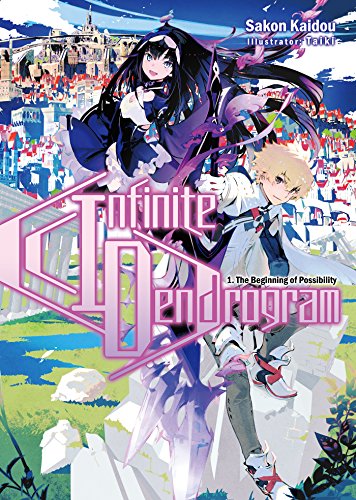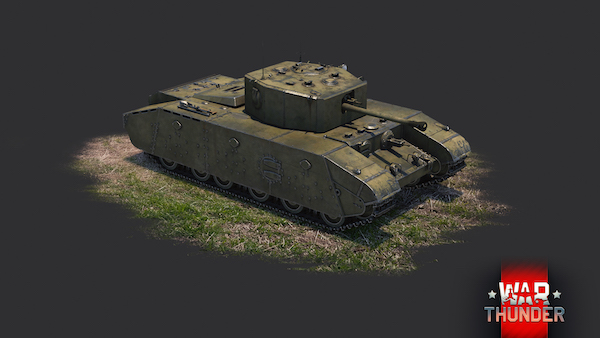From the Japanese warrior of ancient times, we usually have the image of the samurai, but now, at the top level were the Daimyo, the local warlords. These men of power surrounded themselves with extreme luxury even in martial art. It is these armors – extraordinary testimonies – that are now on display at the Guimet Museum, until May 14 in the exhibition Daimyo – warlords in Japan.
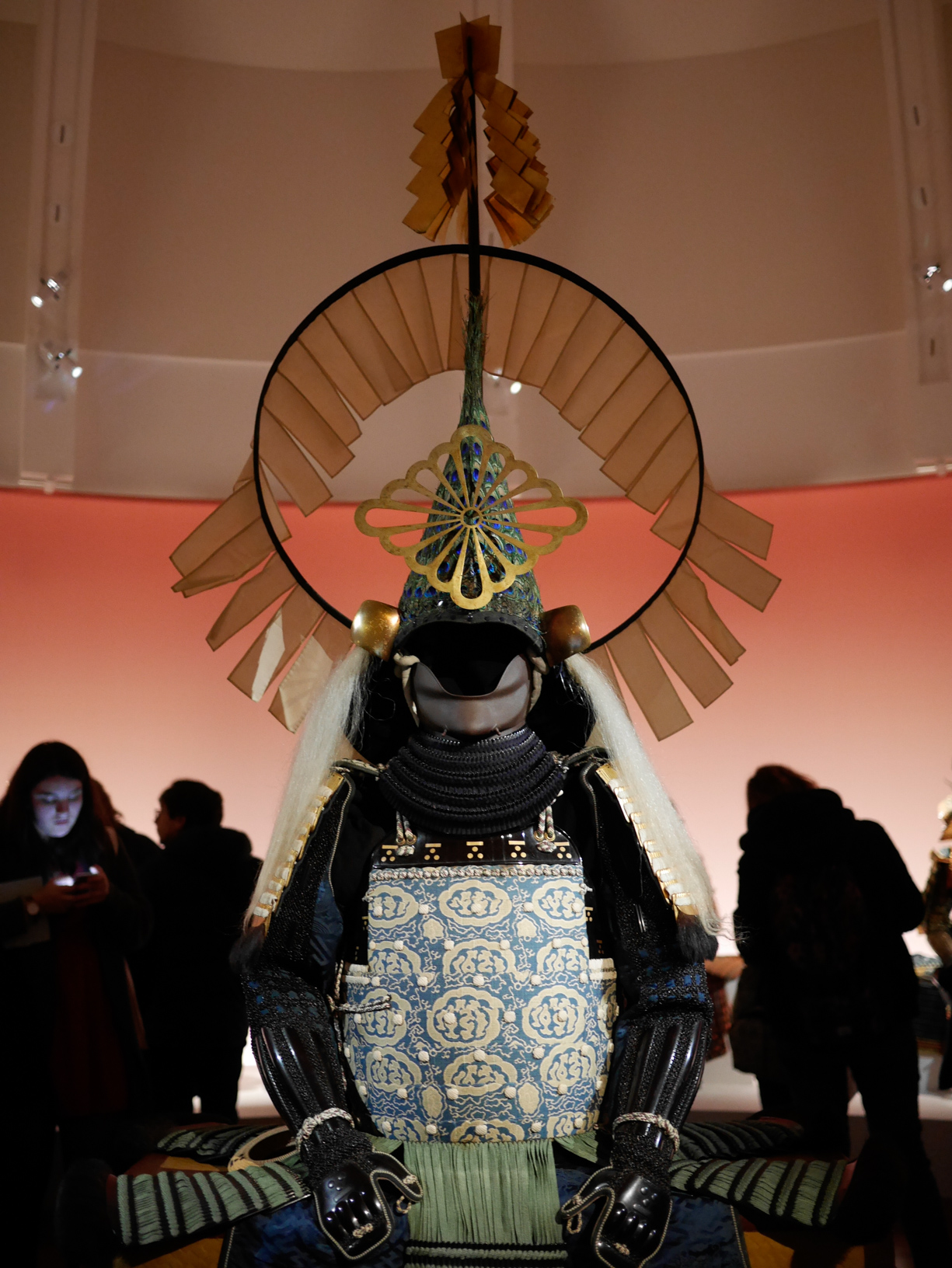
Impressive armor
33 armors, including 8 presented at the Palais de Tokyo, from French public and private collections, have been carefully selected and are, for some, shown for the first time to the public (it should be noted that the same entrance ticket allows access to both exhibitions)
The armor of warlords are jewels of technologies of the Japanese medieval era, whether in the joints allowing movement, the masks in several pieces, but also in the techniques used to create them.
The most striking elements of these outfits are, without a doubt, the helmets or Kawari Kabuto. These display the most extravagant forms: shells, bat, dragonfly, crab, divinity, etc. These helmets, intended to show the power of the Daimyo in parades and audiences, are also essential on the battlefield. Each leader was identifiable by both his men and opponents.
It is very rare to see complete armor and the Guimet Museum had to call on patronage to acquire one. We must salute the work done by the curators who managed to gather so many beautiful pieces, including armor from the famous Mori family, in just seven months.

Various works
Unlike Western armor made of metal,Japanese armor is made of a multitude of materials : lacquer, textile, metal, leather and even scab (tanned fish skin). As a result, the pieces were infinitely valuable and varied, but surprisingly resistant.
In addition to masks, helmets and armor, several fans, fly hunters and textile pieces are presented, as well as screens and other objects of Japanese military decorum.
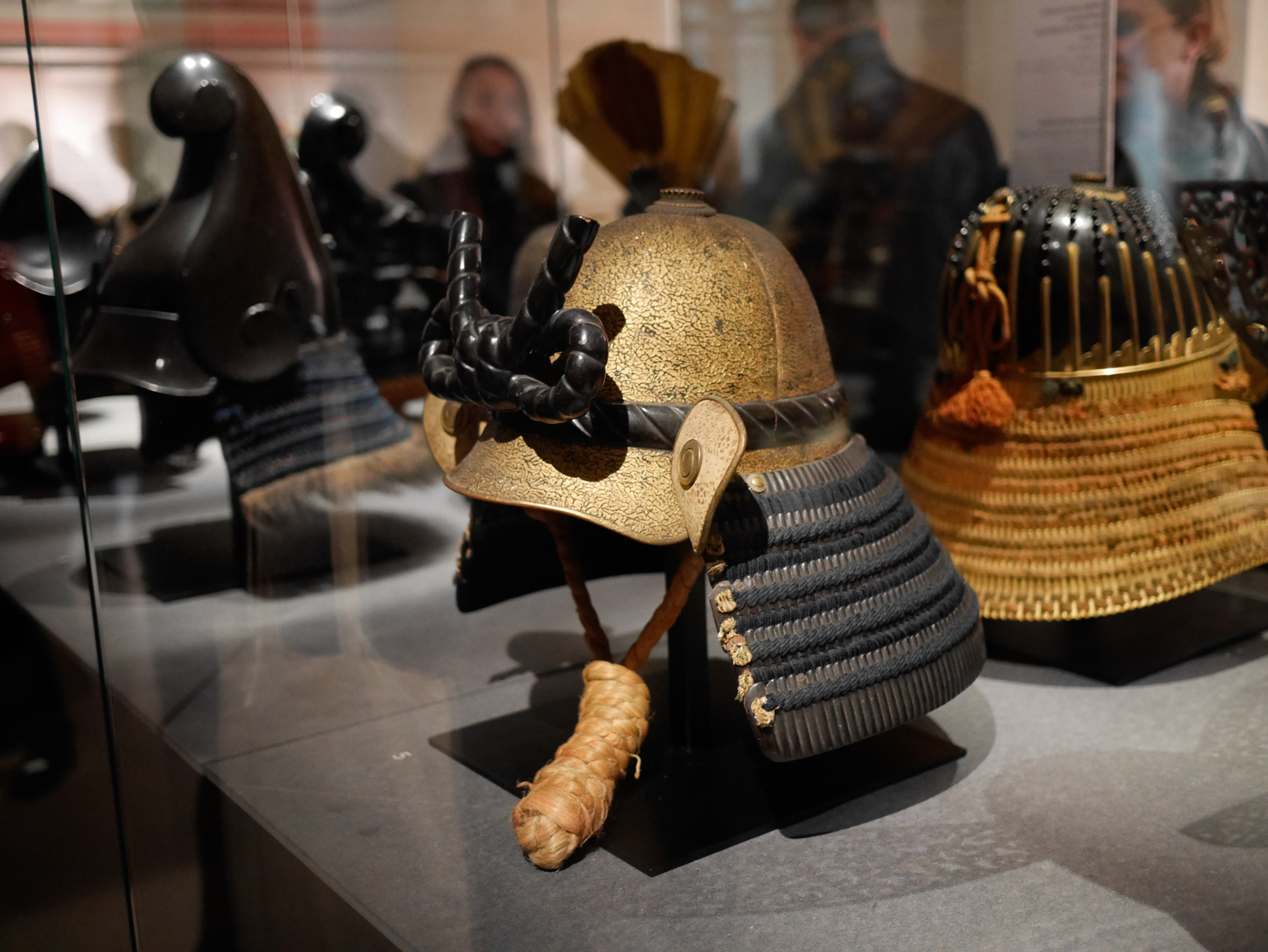
A three-part exhibition
In Guimet itself, the exhibition occupies the ground floor of the HEIDELBACH hotel and the rotunda on the 4th floor. In the rotunda, armor is staged around the armor of the Mori family. The light and the stripped scenography make it possible to highlight the exhibited pieces and admire the details.
At the Heidelbach hotel, the visitor is seized by the profusion of works. A gallery of masks, showcases of helmets, some fans, all under the gaze of several complete armors, including that of the Army Museum which is the oldest present in French public collections. For the most attentive, this armor is even represented on the ceiling of the gallery of battles of the Palace of Versailles.
The third part of the exhibition is at the Palais de Tokyo where eight armors are placed in an installation by British artist George Henri Longly.
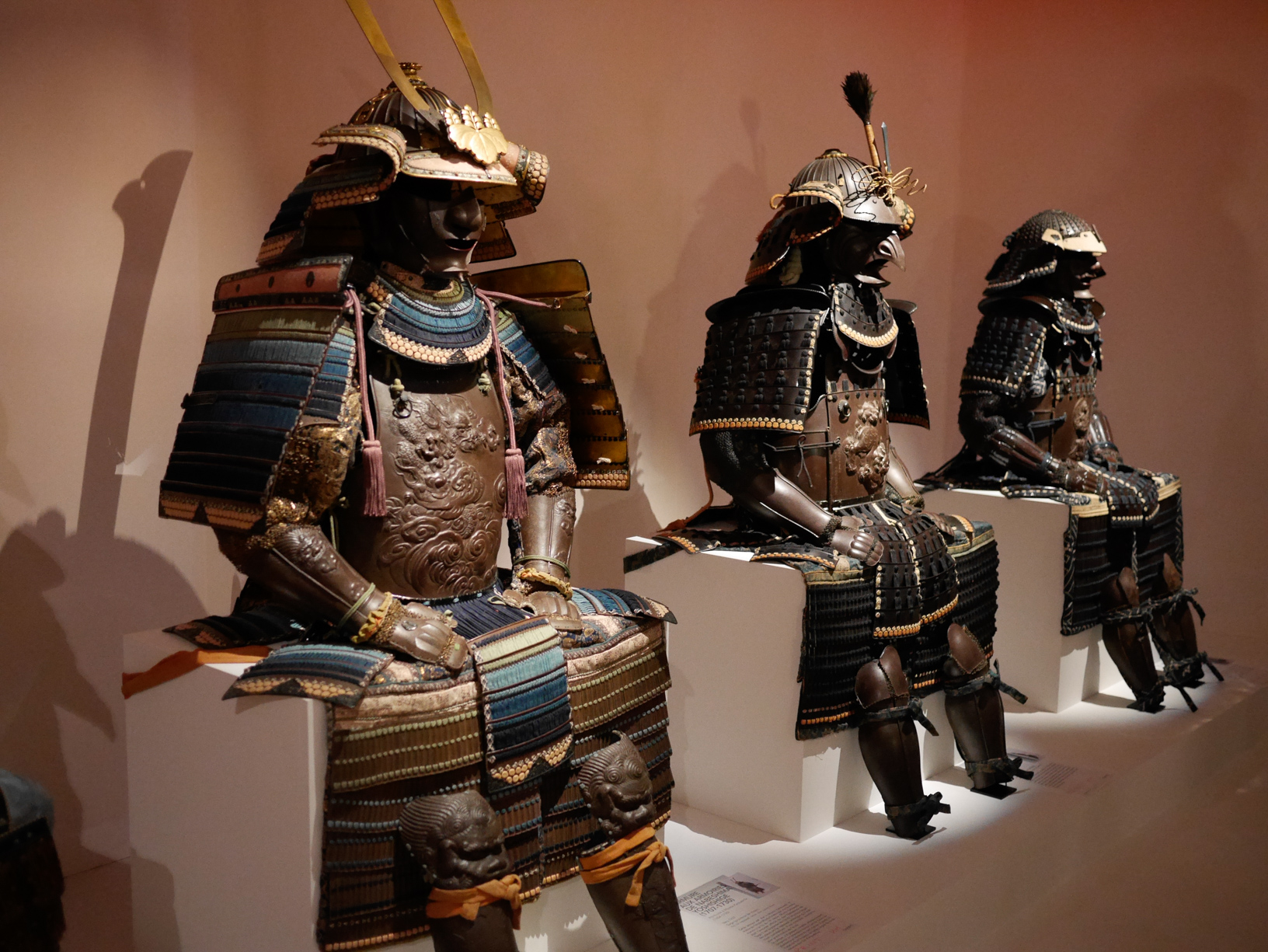
This new exhibition at the Musée Guimet is part of the Palais de Tokyo's disorderly season, but it also foreshadows the Japonisme year celebrating 160 years of Franco-Japanese relations.


































